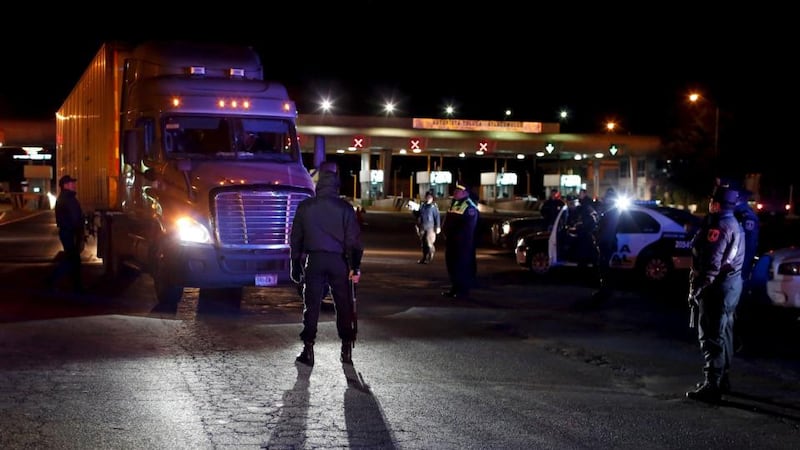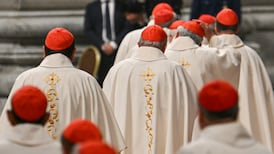Joaquín Guzmán Loera, one of the world’s most infamous drug lords, escaped from his cell at a maximum-security prison through a tunnel dug from the shower, Mexican security officials said yesterday. The breakout is acutely embarrassing for the government, which had trumpeted his capture less than two years ago as a crucial victory in the long and bloody war against the narcotics trade.
The escape, discovered late on Saturday, was the second time Guzmán, known as El Chapo, or Shorty, had broken out of jail. In 2001, he escaped in a laundry cart, the beginning of his rise from a powerful cartel lieutenant to become Mexico’s biggest drug lord.
Officials said he had escaped through an opening of about 50cm by 50cm that was dug from his shower. It linked up with a more elaborate tunnel about 1.6km long and 9m deep.

Secure
Guzmán was being held in Mexico’s most secure prison, the Altiplano, about a 90-minute drive west from the capital. Police were deployed to watch roads around the area and nearby Toluca airport was closed.
The escape comes as a major embarrassment for the government of president Enrique Peña Nieto, which has captured a number of drug bosses along with Guzmán but has faced the rise of new criminal groups as larger ones splintered.
Guzmán was last seen before 9pm on Saturday on the prison’s video cameras when he entered the shower in his cell. After he did not come out, guards entered his cell to find it empty.
The tunnel Guzmán used was an elaborate construction, tall enough to allow him to walk upright and about 60-75cm wide, Mexico’s security commissioner, Monte Alejandro Rubido, said in a news conference yesterday. It had tubing for ventilation, lighting and a motorcycle on rails that Rubido said was most likely used to transport tools into the tunnel and haul out dirt. Along its course, the tunnel was equipped with oxygen tanks, fuel canisters and construction materials.
It opened on to a construction site in the neighbourhood of Santa Juanita in the municipality of Almoloya de Juárez.
Eighteen prison employees were taken into custody for questioning, authorities said.
Experts who follow the drug underworld predicted the escape could bolster US demands to extradite top crime figures, particularly when US law enforcement personnel played major roles in many cases, and not without personal risk.
"It's shocking, embarrassing, a huge blow, almost everything under the sun," said Eric L Olson, a scholar at the Mexico Institute of the Wilson Center who follows crime trends in Latin America. "I suspect many in US law enforcement are apoplectic right now. Mexico is going to be under increasing pressure from the US in terms of extraditing these top people."
Days before Guzmán’s capture last year, Mexican marines and US law enforcement officers raided his ex-wife’s home to find he had fled though a secret door beneath a bathtub that led to a network of tunnels and sewer canals connected to six other houses in Culiacán, the capital of Sinaloa, the state where his cartel was based. Guzmán was finally captured at an apartment he used in the Pacific seaside resort city of Mazatlán.
Vast network
Before his capture, Guzmán presided over a vast network that smuggled cocaine and marijuana into the US and reached as far as Europe and Africa.
He faces indictments in at least seven US federal courts. In October, a new indictment in federal district court in Brooklyn linked him and associates to hundreds of acts of murder, assault, kidnapping and torture.
In January, Mexico’s attorney general Jesús Murillo Karam told the Associated Press Guzmán would never serve time in the US. “I could accept extradition, but at the time that I choose. El Chapo must stay here to complete his sentence, and then I will extradite him,” Mr Murillo Karam said then. “So about 300 or 400 years later – it will be a while.”
US attorney general Loretta Lynch said, "We share the government of Mexico's concern regarding the escape . . . The US government stands ready to work with our Mexican partners to provide any assistance that may help support his swift recapture." – (New York Times)









